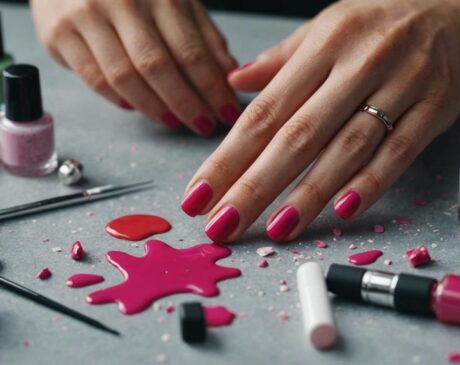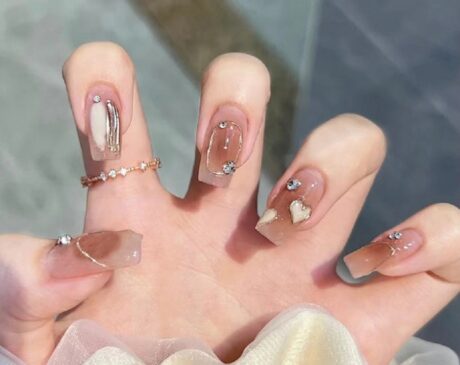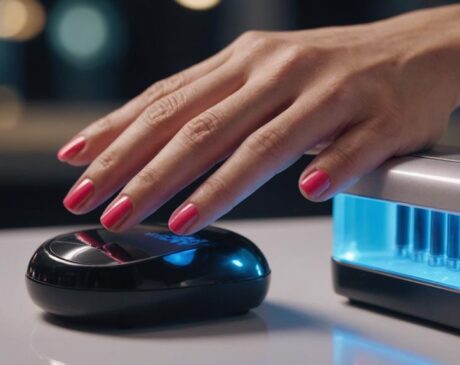What Are the Red Flags in Nail Salons?
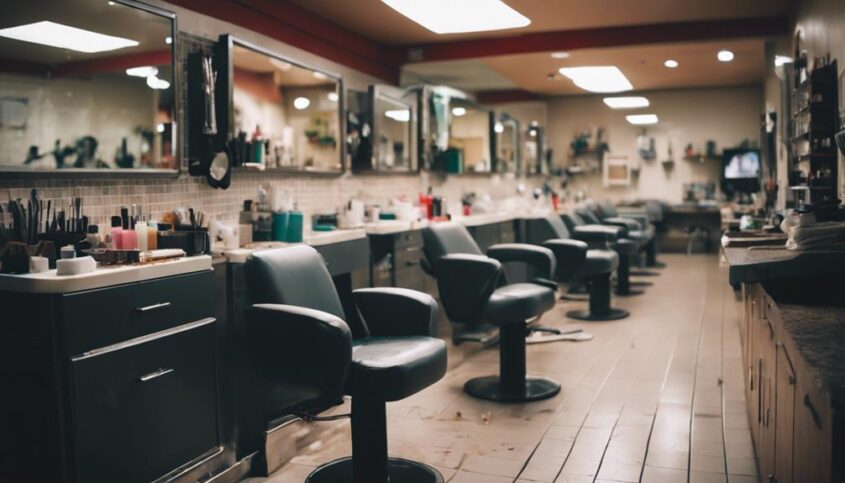
Red flags in nail salons include unsanitary practices, unkempt employee attire, poor ventilation, and lack of pricing transparency. Signs of inadequate tool sterilization, unclear product labeling, and disorganized spaces should also raise concern. These issues may suggest compromised safety standards and low-quality services. Ensuring a clean, hygienic, and well-organized salon is crucial for customer trust and satisfaction. Implementing proper sanitation, clear communication, and transparent pricing can enhance the overall salon experience. Be vigilant for these warning signs to protect your health and well-being at nail salons.
Key Takeaways
- Unclean tools and equipment raise infection risk.
- Dirty surfaces indicate poor sanitation standards.
- Lack of ventilation may lead to harmful fume exposure.
- Disorganized products suggest lack of professionalism.
- Hidden fees and overcharging signal pricing transparency issues.
Sanitation Practices
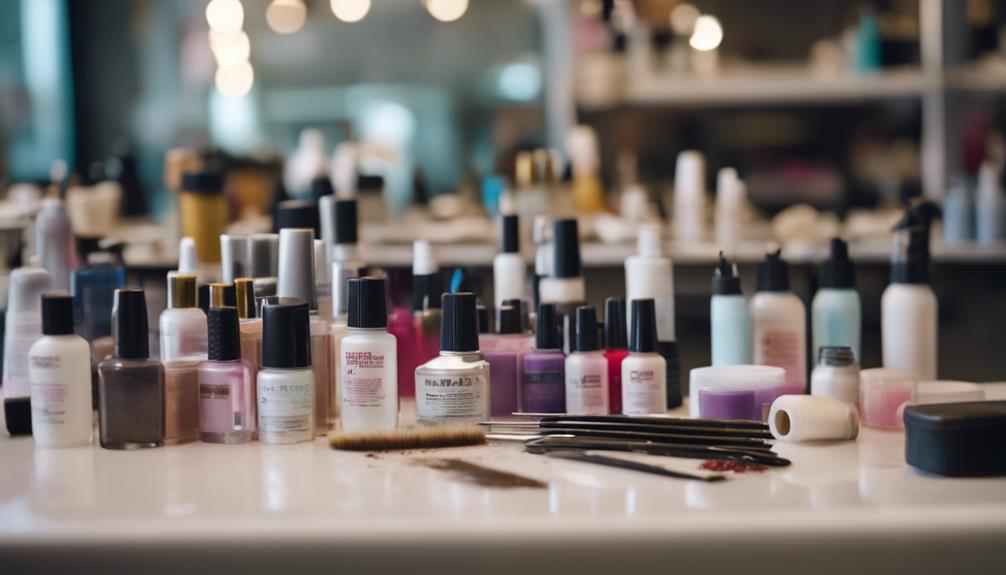
Effective sanitation practices are essential in maintaining a clean and hygienic environment within nail salons. Keeping tools, surfaces, and foot baths properly sanitized is crucial for preventing the spread of infections and ensuring the safety of clients. It is imperative for nail salon staff to follow strict sanitation protocols, such as using hospital-grade disinfectants, autoclaving metal tools, and regularly cleaning and disinfecting all surfaces.
Proper sanitation not only protects clients from potential infections but also creates a professional and trustworthy image for the salon. Clients expect a high standard of cleanliness when they visit a nail salon, and failure to meet these expectations can result in negative reviews and loss of business. By prioritizing sanitation practices, nail salons demonstrate their commitment to the well-being of their clients and staff.
Regular training on sanitation procedures should be provided to all employees to ensure consistency and adherence to best practices. Additionally, maintaining detailed records of when tools were last sanitized and having visible sanitation stations can reassure clients of the salon's dedication to cleanliness. By making sanitation a top priority, nail salons can create a safe and welcoming environment for all clients.
Employee Attire and Hygiene
Employee attire and hygiene are crucial aspects of maintaining a safe and hygienic environment in nail salons. Cleanliness standards being met by employees, along with proper grooming practices, are essential for ensuring the well-being of both customers and staff. By paying attention to these details, nail salons can uphold professionalism and trust among their clientele.
Cleanliness Standards Met
Maintaining high standards of cleanliness in nail salons includes ensuring that employees adhere to strict protocols regarding their attire and personal hygiene. Employees should present themselves in a professional manner to instill confidence in customers about the salon's commitment to cleanliness. Here is a breakdown of key points related to employee attire and hygiene:
| Employee Attire | Personal Hygiene |
|---|---|
| Clean and neat uniform | Proper hand hygiene practices |
| Closed-toe shoes | Clean and trimmed nails |
| Minimal jewelry | Fresh breath and tidy hair |
Proper Grooming Practices
Adhering to impeccable grooming standards, nail salon employees must exemplify professionalism through their attire and personal hygiene practices. Maintaining a polished appearance not only reflects positively on the salon but also instills confidence in customers. Here are key aspects of proper grooming practices for nail salon employees:
- Neat Uniform: Employees should wear clean, well-fitted uniforms that are in good condition.
- Minimal Jewelry: Adornments should be subtle to avoid distractions while working.
- Fresh Breath: Regular oral hygiene and the avoidance of strong-smelling foods are essential.
- Hair Care: Hair should be tied back or styled neatly to prevent interference with treatments and ensure a hygienic environment.
Ventilation and Odor Control

Ensuring proper ventilation and effective odor control systems in nail salons is essential for maintaining a healthy and comfortable environment for both customers and employees. Adequate ventilation helps to reduce exposure to harmful chemicals present in nail products, such as formaldehyde and toluene, which can cause respiratory issues and other health problems when inhaled in high concentrations. By having efficient ventilation systems in place, nail salons can minimize the buildup of these fumes and create a safer space for everyone.
Additionally, effective odor control is crucial for enhancing the overall experience of clients visiting the salon. Unpleasant odors from chemicals used in nail treatments can be off-putting and create a negative impression. Implementing strategies like air purifiers, proper ventilation, and the use of odor-neutralizing products can help in managing and reducing strong odors, ensuring a more pleasant environment for both customers and staff. Prioritizing ventilation and odor control not only benefits the health and well-being of individuals in the salon but also contributes to a more inviting and professional atmosphere.
Tool Sterilization Procedures
To uphold high standards of hygiene and safety in nail salons, meticulous attention to tool sterilization procedures is paramount. Proper sterilization not only protects the health of clients but also reflects the professionalism of the salon staff. Here are key aspects to consider regarding tool sterilization procedures:
- Use of Autoclave or UV Sterilizers: Ensuring that the salon utilizes effective sterilization equipment such as autoclaves or UV sterilizers to kill bacteria, viruses, and fungi on tools.
- Implementation of Disinfectants: Regular use of hospital-grade disinfectants to clean tools between clients to prevent the spread of infections.
- Adherence to State Regulations: Following state regulations regarding tool sterilization to maintain compliance with health and safety standards.
- Proper Storage of Sterilized Tools: Storing sterilized tools in clean, covered containers to prevent contamination before their next use.
Product Labeling and Quality
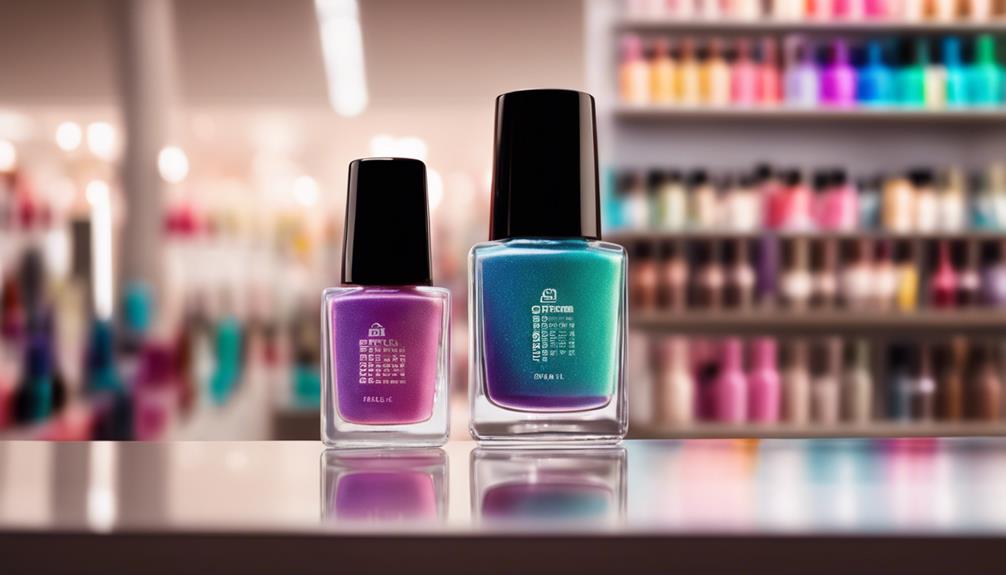
Product labeling plays a crucial role in maintaining transparency and ensuring the quality of products used in nail salons. Properly labeled products provide vital information, such as ingredients, expiration dates, and usage instructions, enabling nail technicians to make informed decisions and clients to be aware of what is being applied to their nails. High-quality products not only deliver better results but also contribute to the overall health and safety of both customers and salon staff.
When selecting products for use in a nail salon, it is essential to prioritize quality over cost. Cheaper products may compromise on ingredients or safety standards, leading to potential risks for clients and technicians. By investing in reputable brands with clear labeling and a track record of quality, nail salons can uphold their commitment to providing safe and professional services.
Regularly checking product labels for accuracy and completeness is a simple yet effective way to maintain standards and ensure that only the best products are being used in the salon. By prioritizing quality and transparency in product selection, nail salons can create a trustworthy and reliable environment for their clients.
Customer Service and Communication
When visiting a nail salon, customer service and communication are crucial factors that can make or break the experience. Rude staff behavior, poor communication skills, and a lack of cleanliness can all contribute to a negative visit. It is essential for nail salons to prioritize training their staff in effective communication and maintaining a welcoming environment for customers.
Rude Staff Behavior
In the realm of nail salons, encountering staff members who exhibit discourteous behavior can severely impact the overall customer experience and satisfaction. Such behavior not only tarnishes the salon's reputation but also leaves clients feeling disrespected. To ensure a positive customer service environment, it is crucial for nail salon staff to uphold professionalism and courtesy at all times. Here are some red flags to watch out for:
- Ignoring customer requests or concerns.
- Speaking rudely or using inappropriate language.
- Displaying impatience or intolerance towards clients.
- Being dismissive of feedback or complaints.
Poor Communication Skills
Customers in nail salons may encounter challenges when staff members exhibit poor communication skills, significantly impacting the service experience. Effective communication is crucial in understanding clients' needs, preferences, and ensuring a pleasant salon visit. When communication is lacking, it can lead to misunderstandings, errors in services, and overall dissatisfaction. Staff members should possess good listening skills, be able to provide clear explanations, and have a friendly and welcoming demeanor. Below is a table highlighting the importance of strong communication skills in nail salons:
| Effects of Poor Communication Skills | Impact on Service | Resolution |
|---|---|---|
| Misunderstandings | Service quality may decline | Provide training on effective communication |
| Errors in services | Customer satisfaction decreases | Encourage staff to ask clarifying questions |
| Dissatisfaction | Negative reviews and loss of customers | Implement regular communication workshops |
Lack of Cleanliness
What impact does a lack of cleanliness have on customer service and communication within nail salons? Maintaining a clean environment is paramount in enhancing customer service and communication in nail salons. When cleanliness is lacking, it can lead to a variety of issues that affect the overall experience for both customers and staff. Some key points to consider include:
- Health Concerns: Unclean tools and surfaces can pose health risks to customers and staff.
- Negative Impressions: A dirty salon can give the impression of carelessness and lack of professionalism.
- Reduced Trust: Customers may question the salon's standards and trustworthiness.
- Communication Barriers: Uncleanliness can hinder effective communication and create discomfort during services.
Pricing Transparency
Ensuring clear and upfront communication regarding pricing is essential in maintaining trust and transparency in the nail salon industry. Customers value knowing the cost of services upfront to make informed decisions and avoid any surprises at the time of payment. Nail salons that lack pricing transparency may raise concerns about hidden fees or potential overcharging, leading to a negative customer experience.
To promote pricing transparency, nail salons should openly display their service menu with clearly outlined prices for each offering. Additionally, staff members should be knowledgeable and able to provide accurate pricing information to clients upon request. Any promotions or discounts should be clearly communicated to avoid confusion.
Overall Cleanliness and Organization
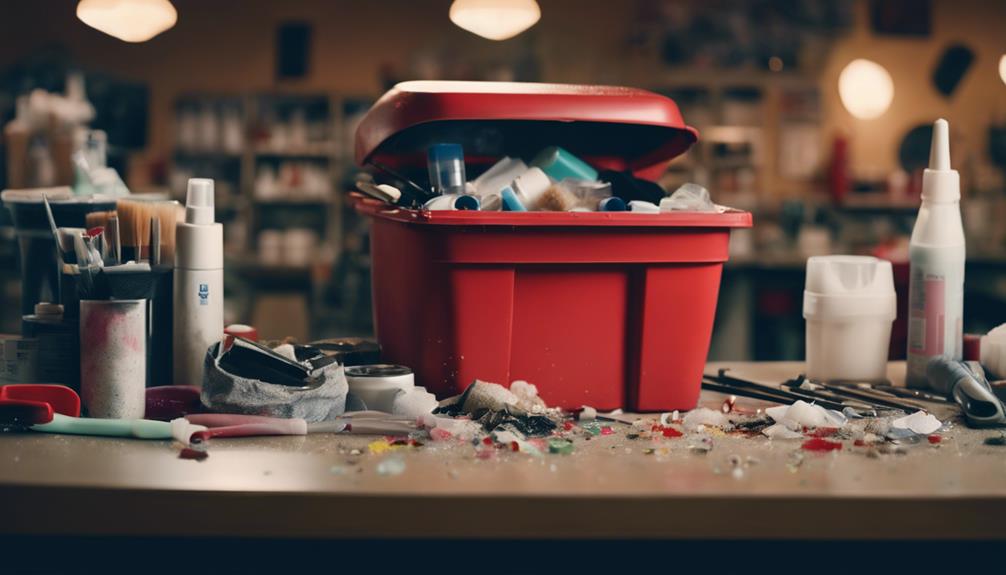
Maintaining a high standard of cleanliness and organization is paramount in upholding the professionalism and hygiene standards expected in nail salons. Customers entrust their well-being to nail technicians, making it essential for salons to prioritize cleanliness and organization to create a safe and pleasant environment. Red flags related to overall cleanliness and organization in nail salons include:
- Unclean tools and equipment: Tools such as nail clippers and files should be properly sanitized between uses to prevent the spread of infections.
- Dirty surfaces: Workstations, floors, and waiting areas should be regularly cleaned and free of dust and debris.
- Lack of ventilation: Adequate ventilation is crucial to reduce strong fumes from chemicals and ensure a fresh atmosphere.
- Disorganized products: Nail polishes and supplies should be neatly arranged and easily accessible to provide efficient service to customers.
Frequently Asked Questions
Are There Any Hidden Fees or Additional Charges for Services?
Hidden fees or additional charges for services in nail salons can sometimes catch customers off guard. It is crucial for businesses to be transparent about pricing to build trust with clients and ensure a positive experience.
Can I Bring My Own Nail Tools for Sanitation Purposes?
It is recommended to inquire with your chosen nail salon about their policy on bringing personal nail tools for sanitation purposes. Some salons may allow it, while others may have strict guidelines for hygiene reasons.
How Often Are the Nail Implements Replaced or Updated?
Regular maintenance of nail implements is crucial for hygiene and safety. Implement replacement or updating frequency can vary, but reputable salons typically follow industry standards of sterilization and implement rotation to ensure client well-being.
Is There a Policy for Handling Customer Complaints or Issues?
A well-run nail salon should have a clear policy for addressing customer complaints or issues promptly and professionally. This demonstrates a commitment to customer satisfaction and ensures that any concerns are addressed effectively.
Do the Nail Technicians Have Proper Certifications or Licenses?
In the delicate world of nail care, the mark of excellence lies in the technicians' certifications and licenses. These credentials are like a guiding light, ensuring professionalism and expertise in every stroke and polish application.

